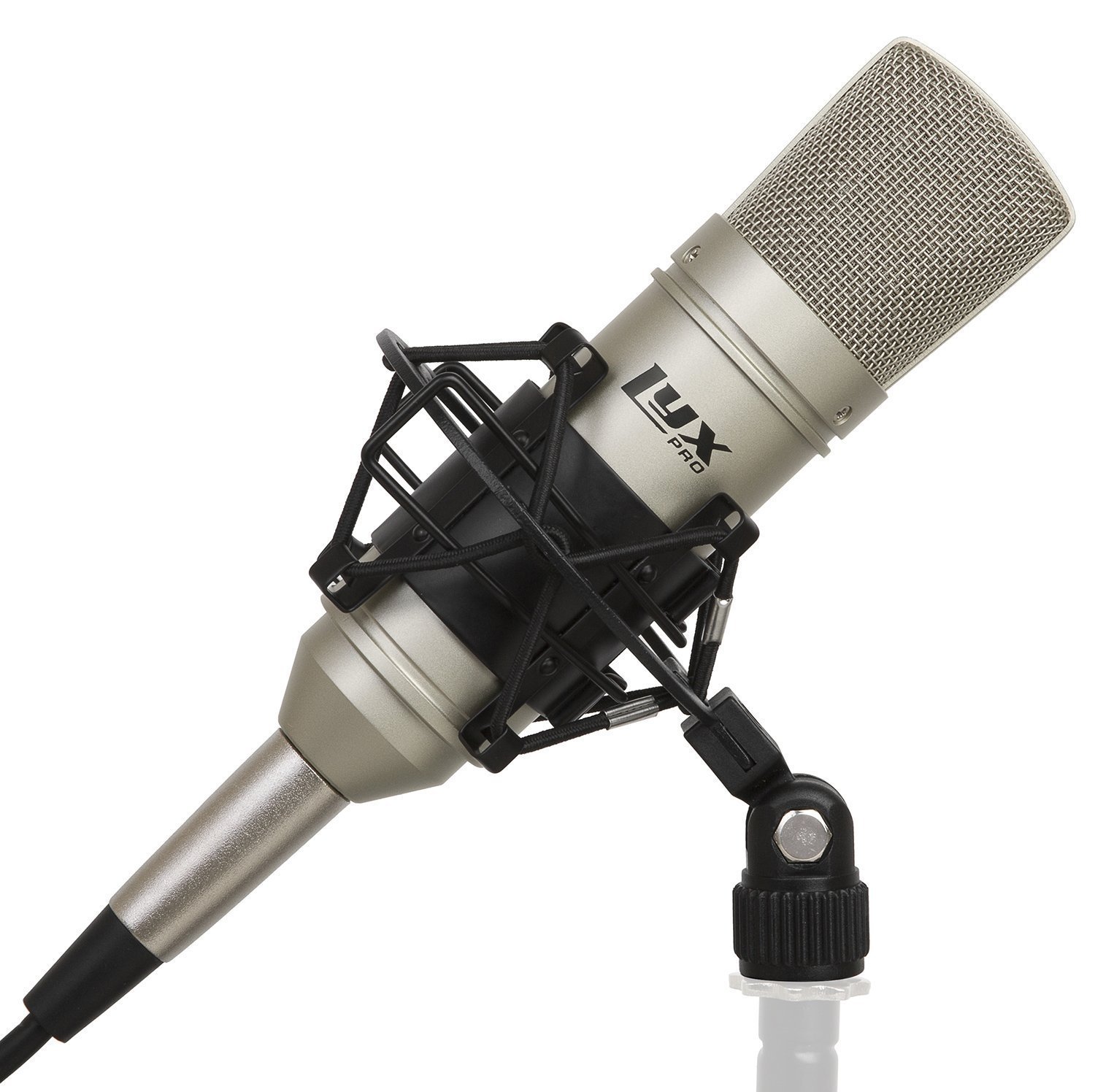
Microphones can be divided by their capsule construction style. Its function is to “translate” the sound pressure transmitted by air vibration into electric current variation. But one thing is certain: condenser microphones are very accurate in capturing richness of detail in high end and nuances.Ī microphone is a transducer. Rich in high and ultra high frequencies: On a good day we can say those microphones are “beautiful for detail”, on a bad day we call them “a little too bright”.
 Quick transient response: Its light and polarized capsule makes it a great microphone for short sounds (transients), keeping clarity of peaks. High sensibility: Because of its active circuit and external power source, the condenser microphone captures very subtle sounds with significant gain. Need phantom power: Those microphones need external powering that normally comes from the interface or the sound board. In summary, what to expect from a condenser microphone? In this article we will talk about their characteristics and working. Besides, due to their reputation in the recording business, those are probably the most expensive microphones you will find. However, some of the nuances it is able to capture are the main reason for its extensive use in voice recordings as much as of instruments in general.
Quick transient response: Its light and polarized capsule makes it a great microphone for short sounds (transients), keeping clarity of peaks. High sensibility: Because of its active circuit and external power source, the condenser microphone captures very subtle sounds with significant gain. Need phantom power: Those microphones need external powering that normally comes from the interface or the sound board. In summary, what to expect from a condenser microphone? In this article we will talk about their characteristics and working. Besides, due to their reputation in the recording business, those are probably the most expensive microphones you will find. However, some of the nuances it is able to capture are the main reason for its extensive use in voice recordings as much as of instruments in general. 
In this case it turns mechanic energy into electric energy air sound wave into audio signal. The condenser microphone is a transducer, just like any other microphone, meaning it transforms one type of energy into another. This is for sure one the most desired equipments to have at your home recording studio.






 0 kommentar(er)
0 kommentar(er)
